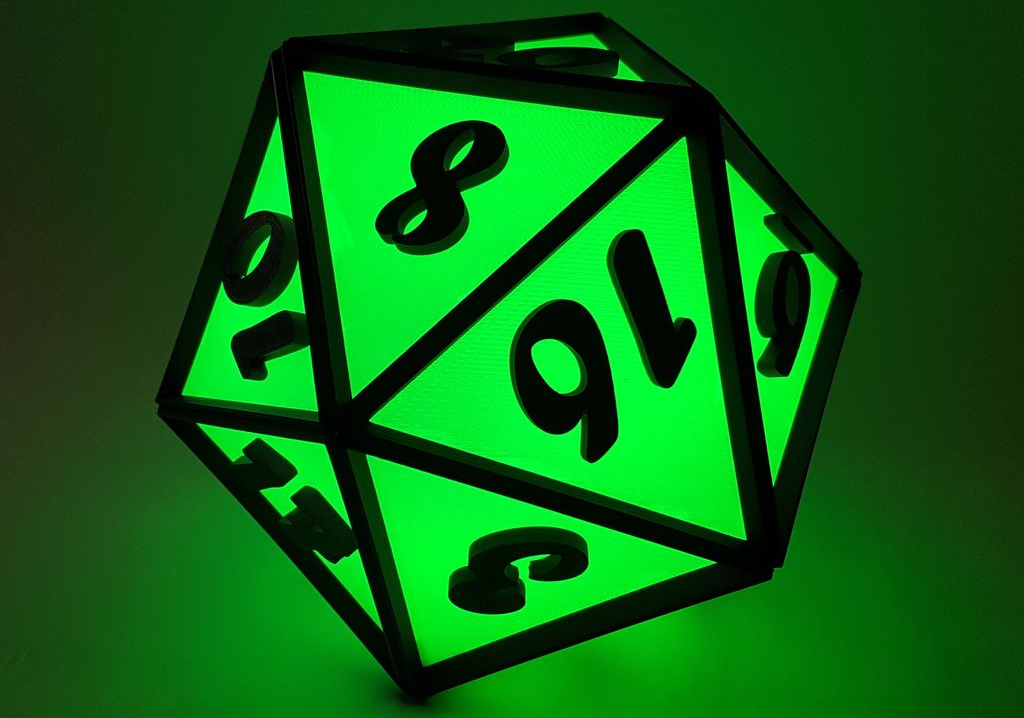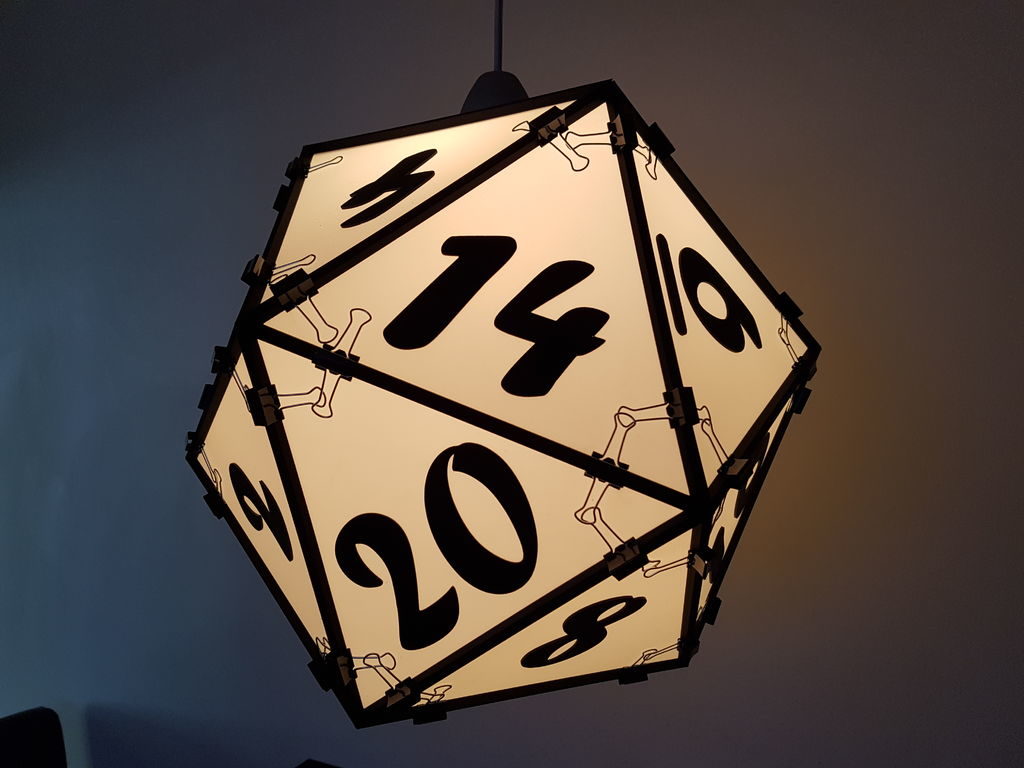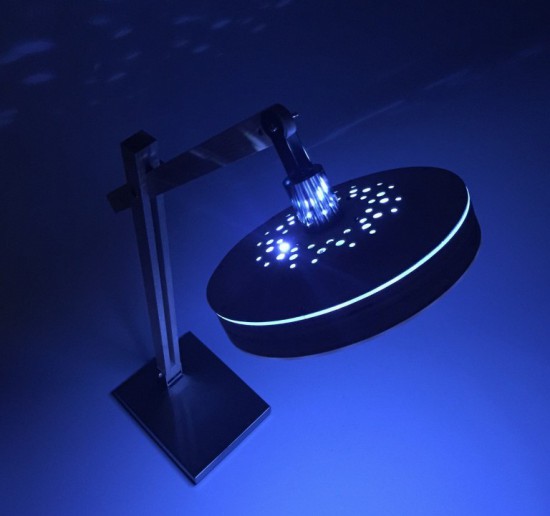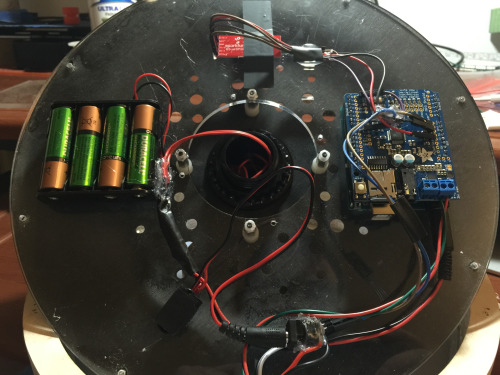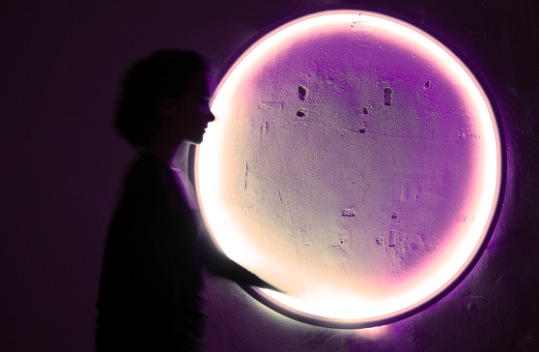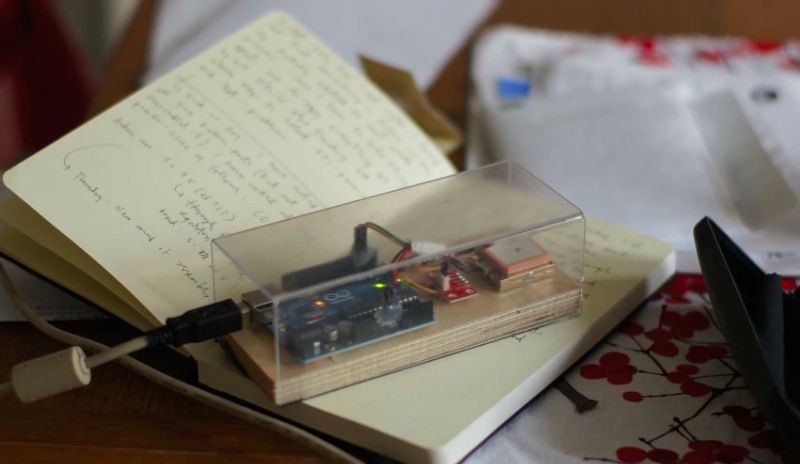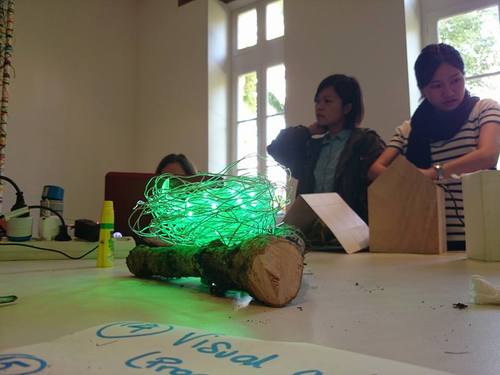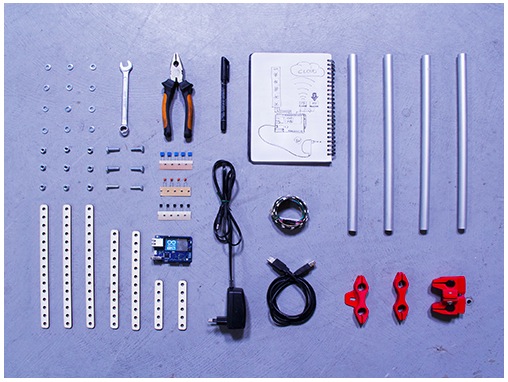
The location of the Casa Jasmina apartment will officially be inaugurated here in Torino (Italy) on the 20th of February, together with the celebration of the 3rd birthday of local Officine Arduino and Fablab Torino.
The two following days (21-22 of February) we’re going to start producing the first connected things for the apartment in a workshop with the support of Jesse Howard, a designer focusing on new systems of making.
He’ll fly in from Amsterdam and run a 2-day session together with Lorenzo Romagnoli (Casa Jasmina Project Manager) and Stefano Paradiso (Fablab Torino Coordinator) with the goal of designing and manufacturing an Open Source Connected Lamp (OSCOLA).
The workshop is suitable for designers, artists, hackers, and everyone interested in Arduino and open source design and in order to stress the idea of open design, participants will be asked to reinterpret, modify and redesign an open source lamp proposed by Jesse Howard.
A minimum familiarity with of CAD drawings, digital fabrication techniques and Arduino are recommended but not strictly necessary.

By changing materials, shape, use cases, mechanics, and interaction, we are going to create a family of open source lamps.
Arduino Yún will be used to make the lamp interactive, enabling the user to turn it on or off remotely; change the light color; use the light to visualize data etc, or connect one lamp to an other.
The OSCOLA workshop (book your participation!) consists of 16 hours of class taking place at Fablab Torino and a ticket is valid for two people. At the end of the workshop, each couple of participants will bring home their IoT open-source lamp and a copy will be reproduced to stay at Casa Jasmina!
